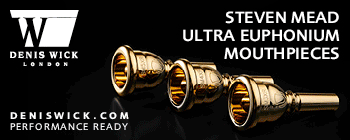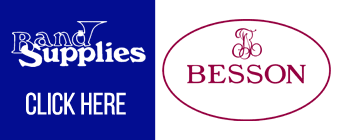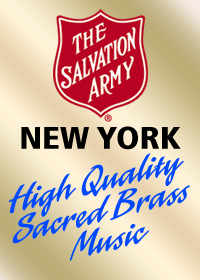Septura - Music for brass septet- Volume 3
Alan Thomas, Simon Cox and Huw Morgan - Trumpets; Matthew Gee, Matthew Knight and Dan West - Trombones; Peter Smith - TubaNaxos: 8.573475

Nigel Seaman - conductor, educator, adjudicator and former professional tubist reviews the third Naxos release from Septura.
This album is the third in the series of ten projected recordings by Septura exploring music that, although not originally composed for brass, has been masterfully arranged for the medium by members of the ensemble.
Music from Russia’s turbulent early years of the 20th Century, along with works for piano, feature predominantly on this recording, with the very notable exception of the first item. It is arguably Septura’s most ambitious (and some may say outrageous) adaptation to date: Shostakovich’s deeply personal String Quartet No. 8, arranged by Simon Cox and Matthew Knight is not only an effective transcription, but also a triumph of sensitive and artistic musicianship.
Prokofiev is represented by four short movements from his Pieces for Piano, written when he was a student at St. Petersburg Conservatory. These miniatures explore a wide range of moods, the low brass Scherzo Humoristique being particularly charming. Also included is the composer’s well-known March from the Love of Three Oranges.
Alexander Scriabin’s contribution to the album comes in the form of his piano Preludes. Even more miniature in concept (all six pieces take less than eight minutes to perform) they are, nevertheless, a tour-de-force of stylistic contrasts.
Rachmaninov is naturally featured - his gift for late Romantic melody and sumptuous harmony is undisputed, epitomised in his popular Vocalise, originally a wordless song, here shared between two trumpets and trombone with a very effective cup muted accompaniment. Beautifully expressive in execution, this is a real highlight of the album. Four movements from his Six Morceaux conclude the recording and this early opus makes a great climax to the album through its virtuosic execution.
As always, the inlay programme notes are very informative, both in historical background and in thought-provoking insight. Another first rate release from this enterprising ensemble. Highly recommended





.gif)







